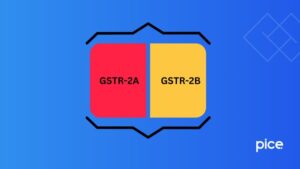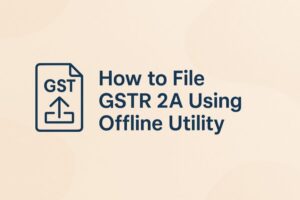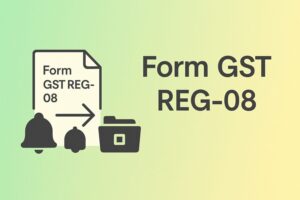GST New Return System: Simplified Filing 2025
- 30 Oct 25
- 8 mins
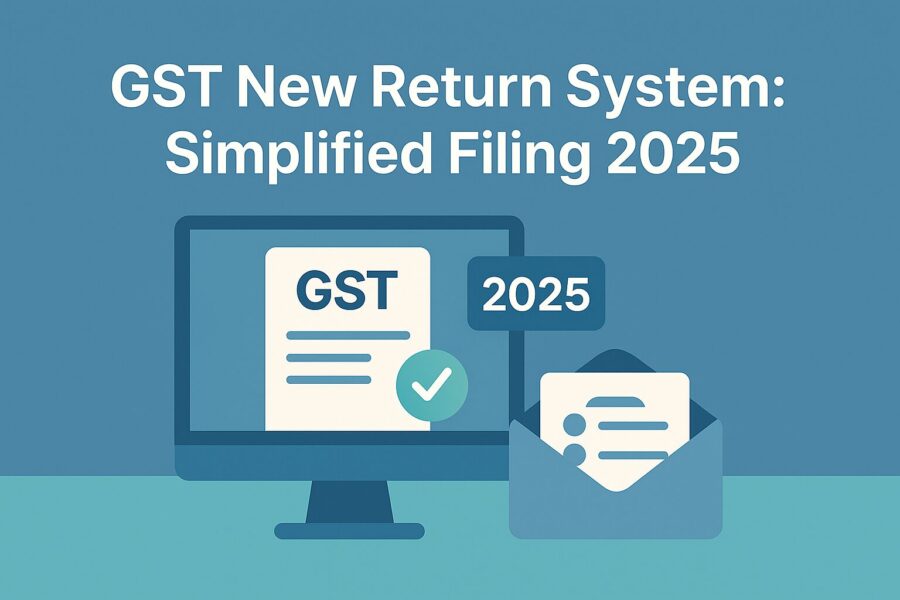
GST New Return System: Simplified Filing 2025
- New GST Return System: What It Is
- Forms to Be Filed Under the New GST Return System
- Existing Vs New GST Return Systems: Differences
- Transition Plan to the New GST Return System
- Important Changes Introduced in the New GST Return System
- Upload of Invoices Under the New GST Return System
- Amendment Returns Under the New GST Return System
- Input Tax Credit (ITC) Under the New GST Return System
- Conclusion
Key Takeaways
- The new GST return system simplifies compliance with fewer and consolidated forms.
- GST RET-1, GST ANX-1, and GST ANX-2 replace multiple old return forms for seamless filing.
- Small taxpayers with turnover up to ₹5 crore can file quarterly GST returns easily.
- The new GST return filing process enables real-time invoice uploads and ITC tracking.
- The simplified GST return system improves transparency and reduces filing errors for taxpayers
The new GST return system aims to reduce the number of forms that need to be filed by taxpayers. For instance, Form GSTR-1, Form GSTR-3B and similar other return filing forms will be replaced.
It further aims to simplify the process of return filing with a minimal number of forms for taxpayers exceeding the aggregate turnover or annual turnover threshold.
The reduced number of forms would help taxpayers know about the details of the forms effortlessly, thereby complying with the Indian GST laws during tax payment. Learn about the new system here for a seamless experience.
New GST Return System: What It Is
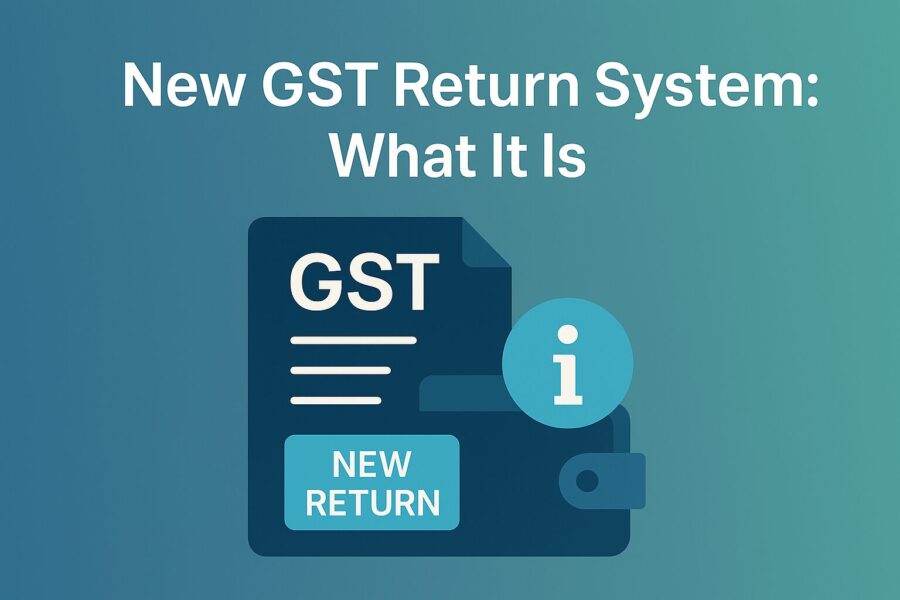
The 31st GST Council Meet brought forth the concept of a new GST return wherein there will be a main return, GST RET-01, followed by Form GST ANX-1 and Form GST ANX-2 as annexures.
This will be a monthly return system, excluding small taxpayers, with turnover up to ₹5 crore in the previous financial year, who would have to file quarterly returns. The process will eliminate continuous upload of multiple forms as the entire process will be consolidated.
Forms to Be Filed Under the New GST Return System
Here are the details that the new form and annexures available on the GST portal will contain:
● GST RET-1: Details pertaining to supplies, input tax credit claimed, payment of taxes and interest, if applicable.
● GST ANX-1: Details pertaining to outward supplies, inward supplies under the reverse charge mechanism, import of goods and services, which need to be reported in invoices. However, this will exclude real-time B2C supplies.
● GST ANX-2: Details pertaining to inward supplies, auto-drafted from GST ANX-1 on a real-time basis.
Existing Vs New GST Return Systems: Differences
| Existing Return Filing System | New Return Filing System |
| This system defines small taxpayers as individuals having a turnover of up to ₹1.5 crore. | The new system defines small taxpayers as individuals having a turnover of up to ₹5 crore. |
| Multiple GST return forms based on the category of the taxpayer | Single GST return form GST RET-1 with annexures GST ANX-1 and GST ANX-2 |
| Revenue invoice upload is allowed solely at the time of filing outwards supplies returns | Continuous and real-time upload of invoices is allowed |
| Missing or amendments in invoices are permitted solely in the next tax filing period | Missing invoices and amendments are allowed by filing an amendment return |
| You can claim input tax credit (ITC) based on self-declaration. | You can claim ITC based on invoices that suppliers upload. |
| As a taxpayer, you have to file GST returns till your registration is cancelled, even if you have applied for cancellation. | If you have applied for GST registration cancellation, it will be suspended, and you do not have to file returns for the concerned period. |
Transition Plan to the New GST Return System
The new GST return system was launched initially in July 2019 on a trial basis and came into effect in April 2020. This transition plan was carried out in phases to avoid an entire transition altogether.
Between July and September of the trial phase, taxpayers continued to file GSTR-1 and GSTR-3B. October 2019 marked the beginning of filing GST ANX-1, which would replace GSTR-1. GSTR-3B needed to be filed till November 2019. Small taxpayers needed to pay tax using PMT-08.
Large taxpayers would have to file GST RET-1 from December 2019. On the flip side, small taxpayers needed to file GST RET-01 for the quarter October to December.
Important Changes Introduced in the New GST Return System
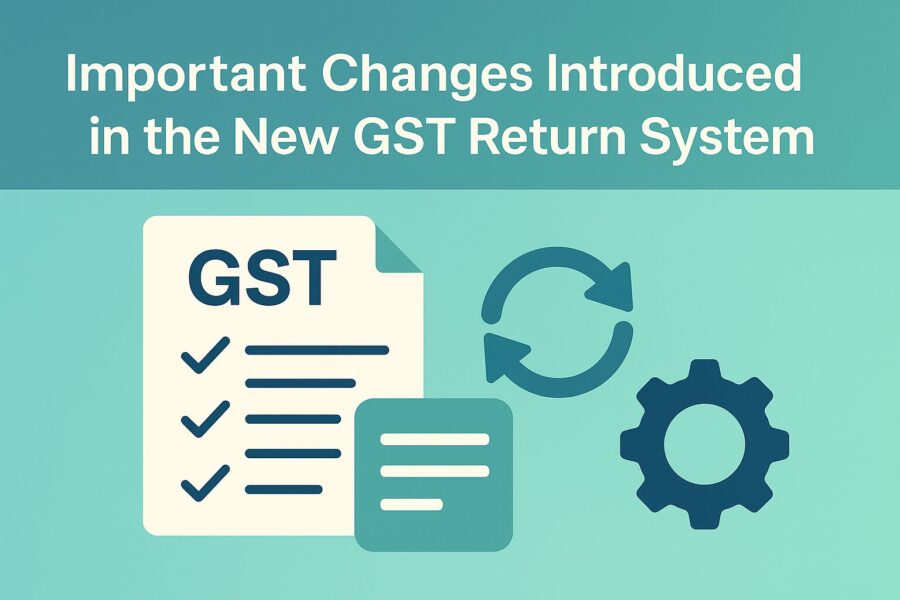
Here are the changes introduced in the new GST return system:
● You would need a Harmonised System of Nomenclature (HSN) code at the document level against an HSN summary.
● If a supplier was supposed to declare the HSN code, the user would get the HSN via GST ANX-2.
● B2B supplies under the reverse charge mechanism need to be shown on GST RET-1 and not GST ANX-1.
● Inward supplies under the reverse charge basis would be shown on GST ANX-1.
● The existing concept of B2C-L was eliminated and the small taxpayers' turnover limit was increased from ₹1.5 crore to ₹5 crore.
● Recipients could report missing invoices.
Upload of Invoices Under the New GST Return System
Here are the new terms introduced in the new system pertaining to the upload of invoices:
● Missing Invoices: A missing debit note or credit note not uploaded is considered in this category. If a supplier claims ITC (Input Tax Credit) on missing invoices and it is not uploaded, the ITC amount would be recovered from the recipient.
● Locking of Invoices: Locking invoices helps avoid rejection or pending status for invoices. Recipients could opt for locking of invoices if he/she agrees with the reported invoices.
● Pending Invoices: These are invoices uploaded by the supplier but the recipient has not received the supply or the recipient feels the invoice needs amendments or the recipient is unsure of availing ITC.
● Unlocking of Invoices: An inaccurately locked invoice can be unlocked by a recipient online, provided ITC is reversed.
● Rejected Invoices: If a recipient fills in GSTIN incorrectly, the supplier cannot access the invoice and it gets rejected. ITC is not eligible for such an invoice.
Amendment Returns Under the New GST Return System
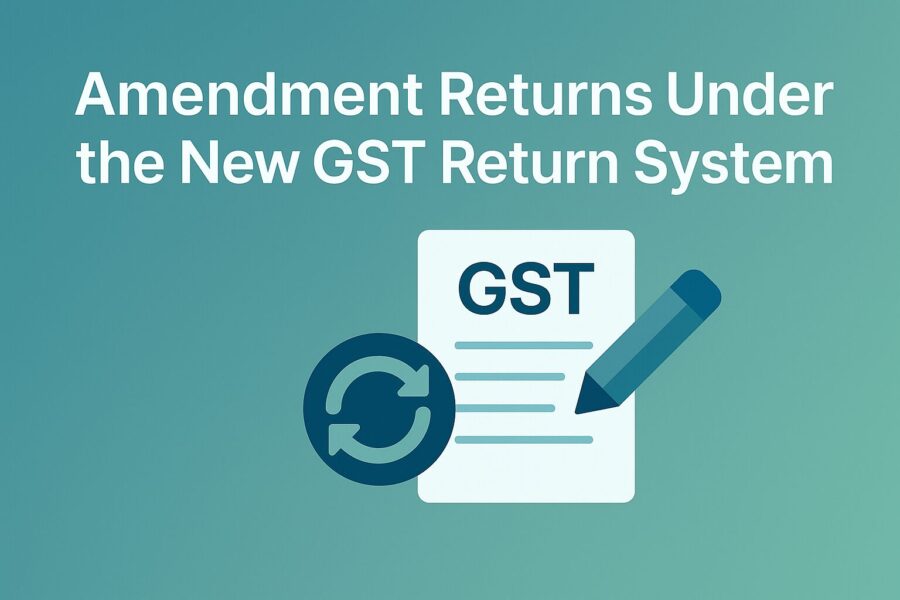
Under the new system, taxpayers can file 2 amended returns for a tax period. Further, they can file returns through amendment returns, helping them save their interest liability. If ITC is available in the electronic credit ledger (ECL), taxpayers can utilise it to pay amendment returns.
Notably, amendment returns can be done for missing invoices uploaded after the due date for a specific tax period. If a recipient acknowledges a locked invoice, amendment of such an invoice will not be allowed.
In case a taxpayer wants to amend a specific value of a particular locked invoice, a supplier needs to raise a debit or credit note to unlock the invoice. A taxpayer can amend a GST invoice if ITC has not been claimed by the recipient.
Input Tax Credit (ITC) Under the New GST Return System
Claiming ITC depends on the invoice uploaded. If a supplier uploads an invoice within the 10th of the following month, recipients can view it and claim ITC. In case a supplier uploads an invoice after the 10th of the following month, recipients can claim ITC in the next month for those supplies.
Notably, once the invoice is uploaded by the supplier, recipients can view it on a continuous basis.
Conclusion
The new GST return system aims to introduce one main form along with 2 annexures. GST RET-1 would be the main form, followed by GST ANX-1 and GST ANX-2. The minimised number of forms for GST return filing would simplify the process for monthly, quarterly and annual taxpayers.
This would further eliminate multiple existing forms that are designed for different taxpayers, making the process seamless.
💡If you want to streamline your payment and make GST payments via credit, debit card or UPI, consider using the PICE App. Explore the PICE App today and take your business to new heights.












